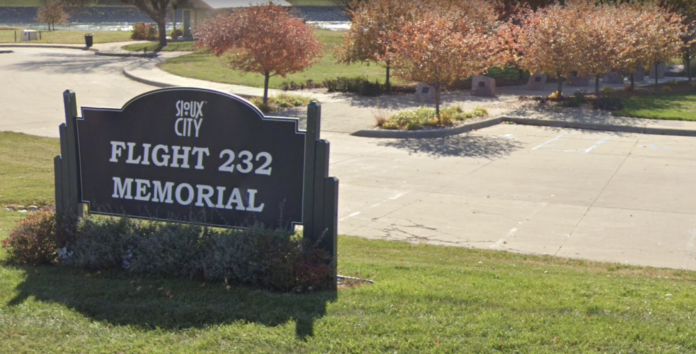Ideas for leadership blogs most often come to me from personal experience or from reading. This week, I’m reflecting on an article I read about someone I consider to be a leader of character to emulate. The piece appeared in the Wall Street Journal’s “The Captain Class: A New Theory of Leadership,” by Sam Walker. The subtitle is, “Most People Can Achieve Miracles Under Pressure.” The featured leader is former United Airlines Captain Alfred Haynes. I hope this blog will help readers envision how they and their teams can also achieve miracles under pressure.
A Miracle Landing
I’ll bet if most people were asked to name a miracle landing of a commercial aircraft, they’d immediately say, “That captain who landed his plane on the Hudson River.” Yes, Captain Chesley “Sully” Sullenberger is an exceptional pilot and a true American hero. Incredibly, when both engines of his Airbus A320 failed after taking off from La Guardia airport in New York on January 15, 2009, he skillfully ditched his plane in the Hudson River. Miraculously, everyone survived. The famous emergency ditching, christened by the media as “the miracle on the Hudson,” was made into a movie, Sully, starring none other than Tom Hanks. But Captain Sullenberger is not the pilot I envision when I think of a miracle landing. Before Captain Sullenberger there was Captain Alfred Haynes. Here’s why I think of him first.
In Flight Emergency
In 1989, I was serving as military aide to the Secretary of Transportation, Mr. Sam Skinner. The U.S. Coast Guard resided in the Department of Transportation at that time. Mr. Skinner oversaw the Federal Aviation Administration, and the airline industry. On July 19, 1989, Captain Alfred Haynes was the senior pilot flying his DC-10 from Denver to Chicago. In mid-flight, the plane was rocked by an explosion as the tail engine blew apart. The two wing engines remained intact, so the plane should still have been able to operate. However, it soon became apparent that the explosion had done considerably more damage: it had severed all three of the plane’s independent hydraulic lines, killing power to the plane’s flaps, rudder, brakes, and more. That meant there was almost no way to steer the plane and, if it landed, no wheels and no way to stop it. There was no emergency procedure for such a failure, given the remote odds of it ever happening.
A Humble Hero
But Captain Haynes, a 57-year-old prior Marine aviator, kept his calm. Using the thrust of his two remaining engines for rudimentary steering, he remarkably lined up on a runway and brought that unresponsive plane in for an emergency landing at twice the normal speed, with a tailwind causing drift, and with no brakes. One of the plane’s wings struck the runway, and the plane broke apart. But miraculously, 184 of the 296 people onboard survived, including Captain Haynes.
I remember Captain Haynes’ landing so well because Mr. Sam Skinner, a certified jet pilot, was astonished that Captain Haynes had been able to land that plane. Everyone was amazed. As the story started to come out about how he guided the crippled plane down on a runway, everyone in the office remarked about his quiet competence and heroism. Yet Captain Haynes didn’t see it that way. About a week after the landing, he had recovered enough to give a press conference. In response to a question, he answered, “There is no hero. There is just a group of four people who did their job.”
The miracle on the Hudson hero, Captain Sullenberger, expressed a similar view. Twenty years later, when he safely ditched his plane into the Hudson River, he publicly stated, “We were simply doing the jobs we were paid to do.” Just as great leaders are those people follow because they want to not because they have to, true heroes are recognized as such by others, not by themselves.
In that Wall Street Journal piece, author Sam Walker posits, “Humility isn’t a byproduct of heroism, it’s a precondition.” His premise captured my imagination because I believe humility is the most important trait in a leader of character. After a lifetime of learning from and observing leaders at all levels, I’ve watched some succeed through humility, and others fail by succumbing to its opposite: hubris.
A Recipe for Success
So, why are humble people well-equipped to succeed? Maybe it’s because like Captain Haynes they 1) trust and rely upon their team, 2) learn how to marry competence and confidence, and 3) continually seek to better themselves. Leaders of character should strive to not only be humble, but to model humility for their followers. There’s often no reward in being humble, especially in today’s environment with self-promotion at its peak. But in a crisis the humble leader, who follows the recipe above, can rise to achieve miracles under pressure.
Look in the mirror. What can you do today to demonstrate humility, at home and in the workplace?
Please join me again in two weeks for more on Leading with Character.
If you enjoyed this post, please visit my website where you can buy my book, Breaking Ice & Breaking Glass: Leading in Uncharted Waters, and sign up for my mailing list: https://sandrastosz.com/book/breaking-ice-and-breaking-glass/





